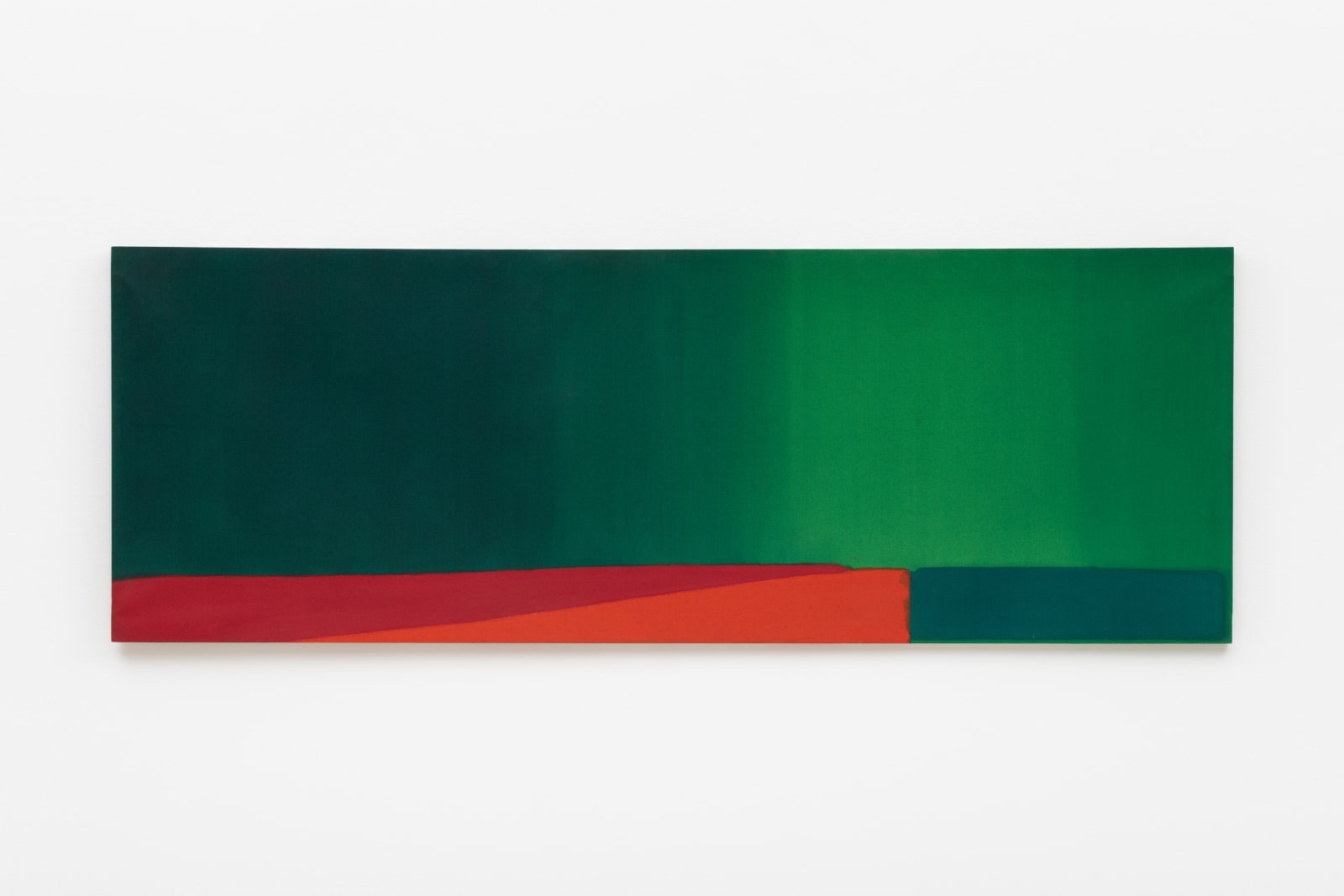
John Hoyland
26.5.66, 1966
Acrylic on canvas
91.5 x 259.5 x 2.2 cm
36 1/8 x 102 1/8 x 7/8 in
36 1/8 x 102 1/8 x 7/8 in
41
of
41